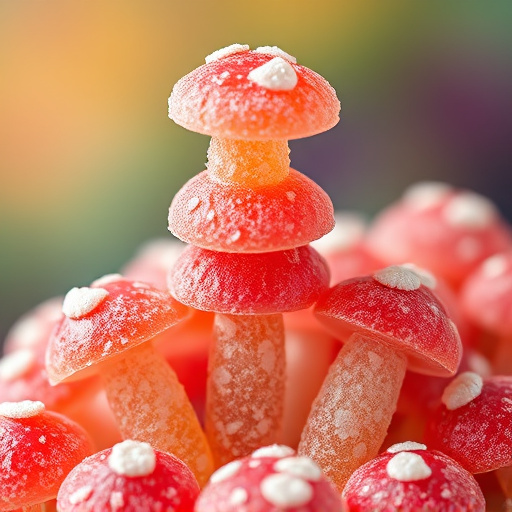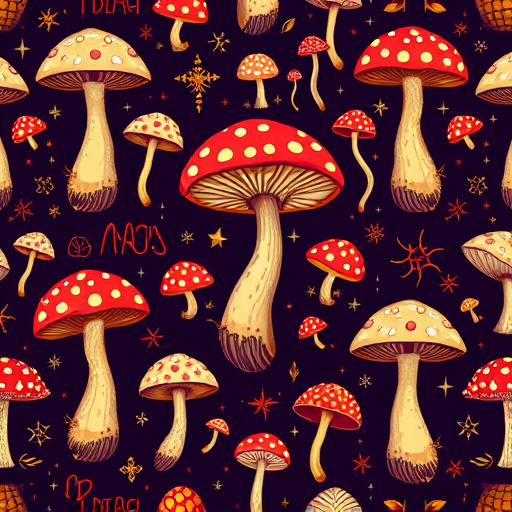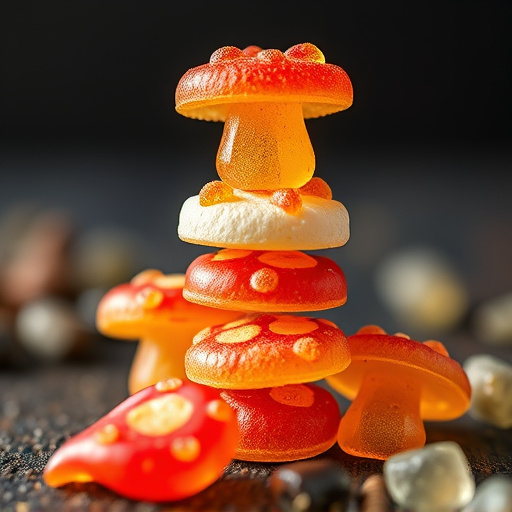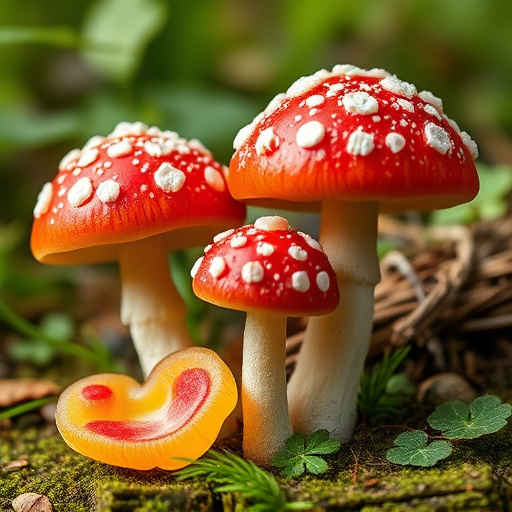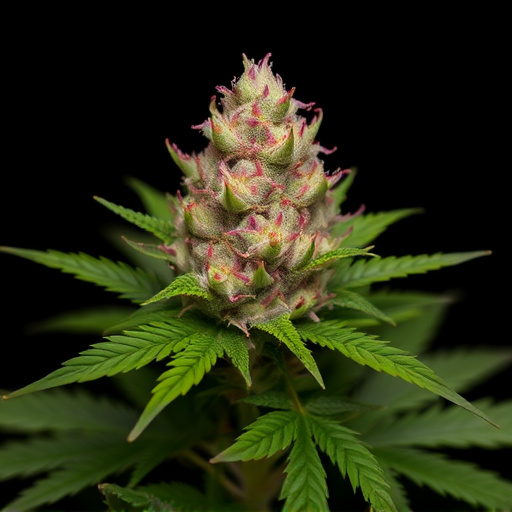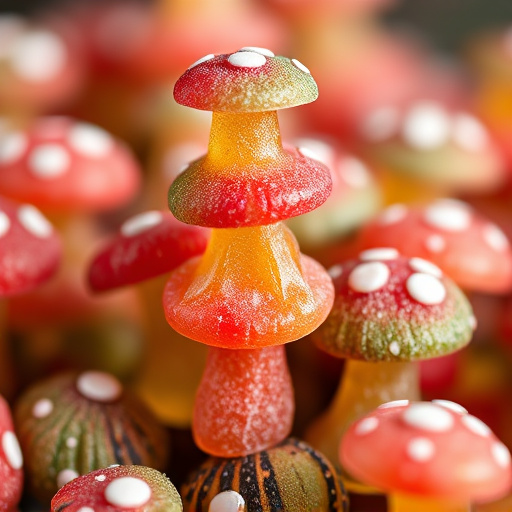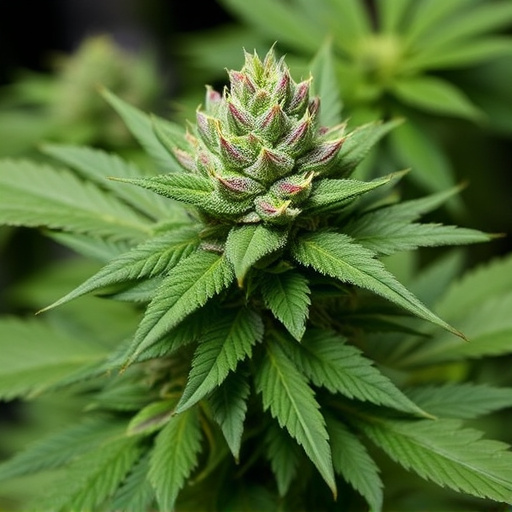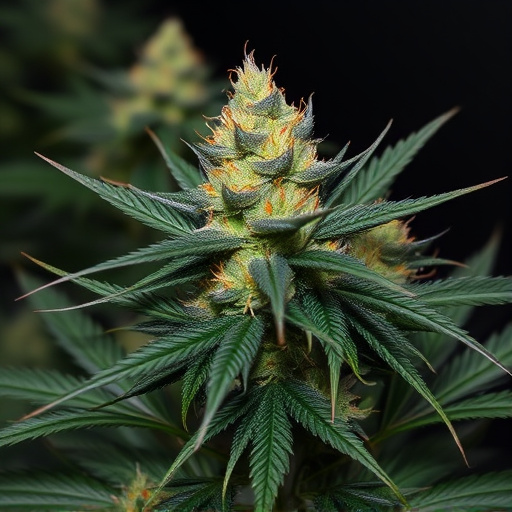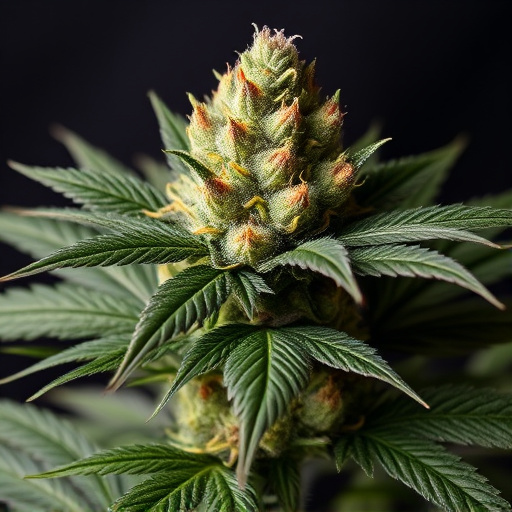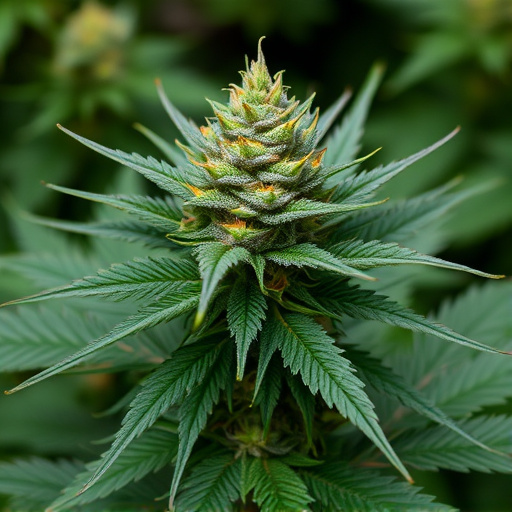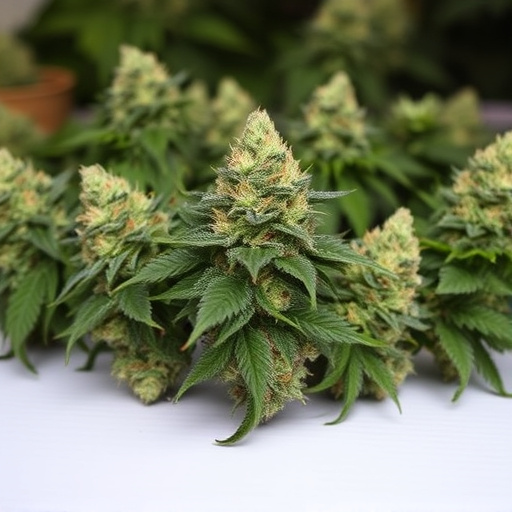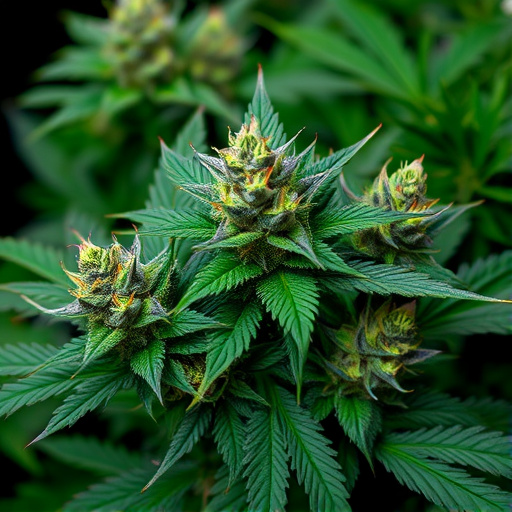Indica dominant hybrid strains of cannabis owe their characteristic skunk-like aroma primarily to the terpene myrcene, with higher levels found in these varieties due to genetic and growth factors. Cultivators have capitalized on this through selective breeding to enhance myrcene content, appealing to consumers who enjoy the distinctive pungent scent. Cannabis' diverse aromas result from various terpenes like myrcene, limonene, and pinene, each contributing unique notes; the balance of these determines a strain's smell profile, making them crucial for understanding and appreciating cannabis, particularly in indica dominant hybrids.
“Ever wondered why some cannabis strains carry a distinct skunk-like aroma while others are more subtle? This intriguing phenomenon is not just about personal preference but is deeply rooted in genetics, cultivation, and consumer desires. Indica dominant hybrid strains, known for their potent effects, often exhibit unique terpene profiles that contribute to this characteristic scent. In this article, we explore the science behind it, from the genetic makeup of cannabis plants to cultivation techniques and the role of popular indica hybrids in shaping the aromatic landscape of modern cannabis.”
- Genetics and Terpene Profile: The Skunk Factor
- – How genetic makeup influences scent
- – Role of terpenes in cannabis aroma, especially skunk-like compounds
Genetics and Terpene Profile: The Skunk Factor
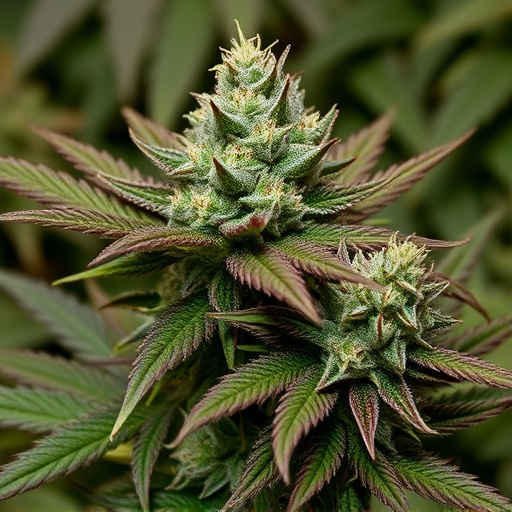
The skunk-like aroma associated with cannabis is primarily attributed to a group of natural compounds called terpenes, which are responsible for the plant’s distinctive scents. Among these terpenes, myrcene stands out as one of the key contributors to the skunky odour many strains exhibit. In terms of genetics and terpene profile, indica dominant hybrid strains often carry higher levels of myrcene compared to their sativa counterparts. This is because indicas naturally tend to accumulate more of this particular terpene, leading to a stronger skunkier aroma.
The reason for this genetic predisposition lies in the plant’s adaptation to its environment. Indica strains, known for their relaxing and sedative effects, often grow faster and in denser clumps, which can trap moisture and facilitate higher myrcene production. This natural occurrence has led cultivators to specifically breed and select indica dominant hybrids with enhanced skunkiness, appealing to consumers who appreciate that distinctive pungent scent.
– How genetic makeup influences scent
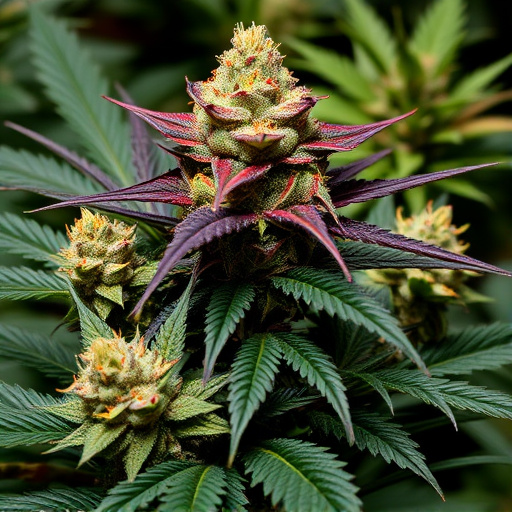
The genetic makeup of cannabis plants plays a significant role in determining their unique aromas, with specific traits contributing to the distinct skunk-like scents some strains exhibit. Indica dominant hybrid strains, for instance, often possess genes that enhance the production of certain terpenes, which are responsible for the characteristic pungent smells associated with cannabis. These terpenes, when combined with the plant’s natural resins and cannabinoids, create the complex aromas we associate with different strains.
The variation in genetic profiles allows for a wide range of terpene compositions, leading to diverse scents. In some cases, selective breeding and cultivation techniques have been employed to intensify these skunkier notes, catering to consumers’ preferences for more pungent aromas. This focus on specific genetic traits has contributed to the popularity of certain indica-dominant hybrids known for their intense, skunky fragrances.
– Role of terpenes in cannabis aroma, especially skunk-like compounds
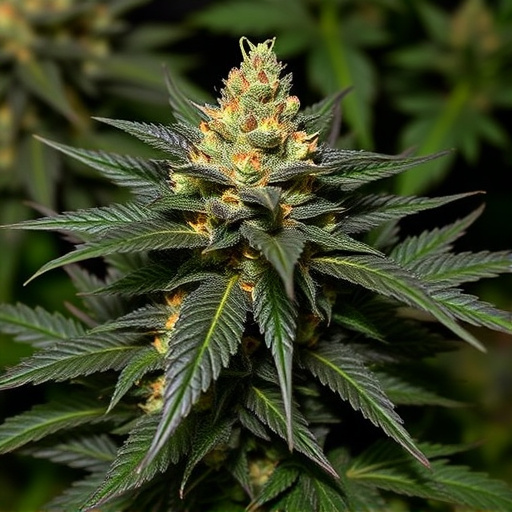
Cannabis gets its distinctive aromas and flavors from terpenes, aromatic compounds that play a crucial role in both the scent and potential therapeutic effects of different strains. Among these terpenes, myrcene, limonene, and pinene are particularly notable for their impact on cannabis’ smell profile. Myrcene, known for its earthy and musky notes, is often associated with skunk-like aromas in indica dominant hybrid strains. Limonene, on the other hand, contributes to citrusy scents while pinene offers a refreshing pine-like aroma. The balance and interaction of these terpenes determine how skunkier or more nuanced a particular cannabis strain smells, making them essential elements in understanding and appreciating the diverse aromas within the plant.
In conclusion, the skunkier aroma often associated with certain cannabis strains is a result of specific genetic traits and terpene profiles. Indica dominant hybrid strains, for instance, are known for their heavier, more potent scents due to higher concentrations of myrcene, a terpene linked to earthy and musky aromas. Understanding these genetic influences empowers consumers to choose strains that align with their preferences, whether they seek a subtle floral note or a pronounced skunkiness.
